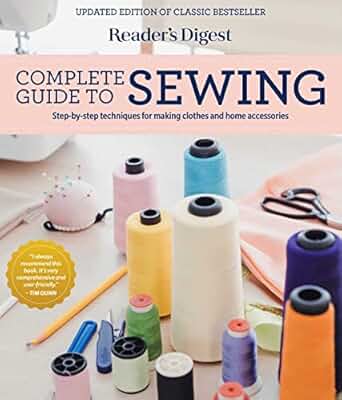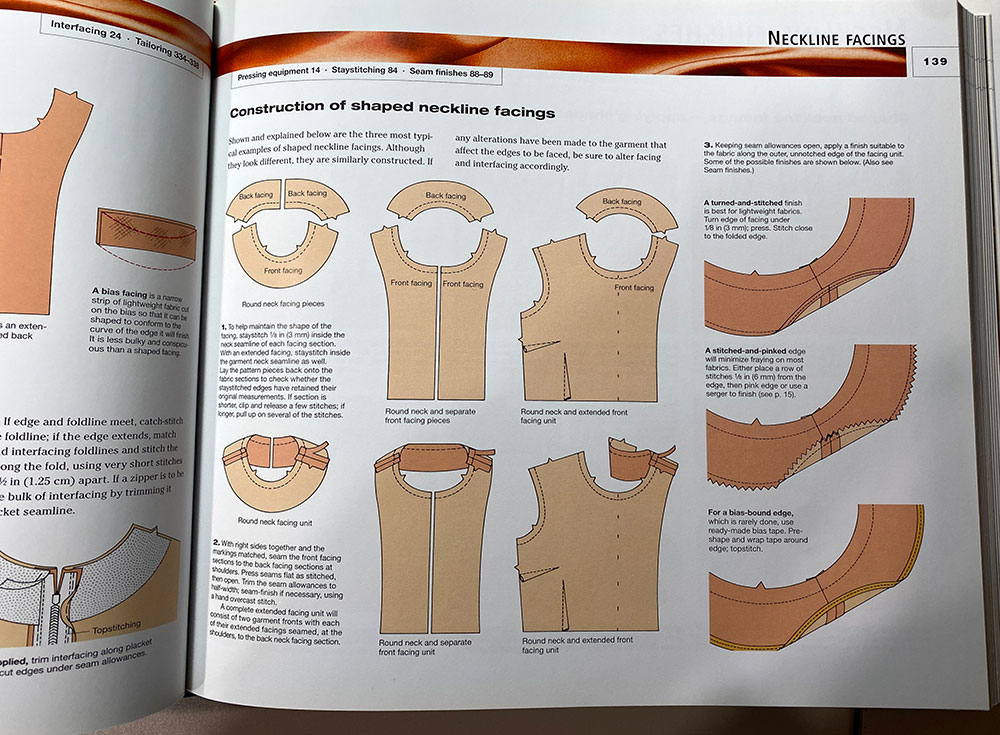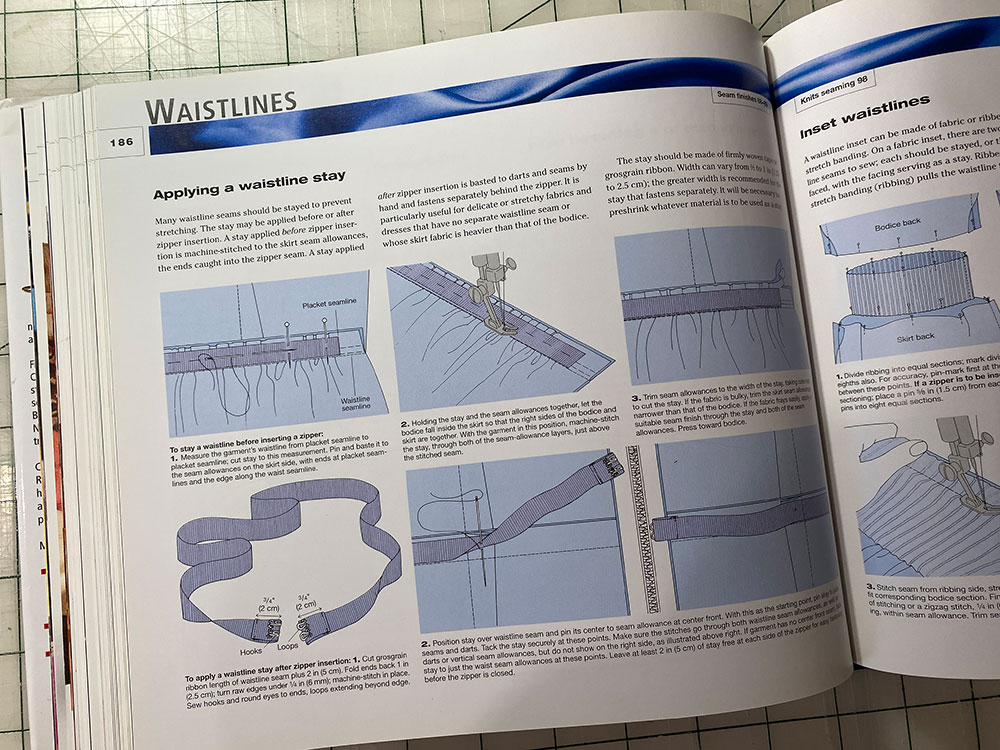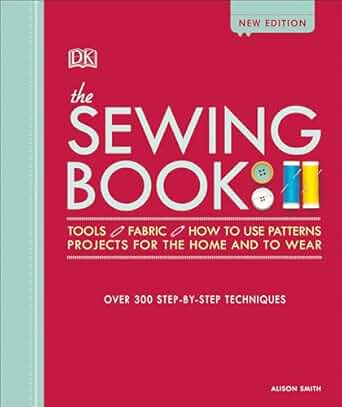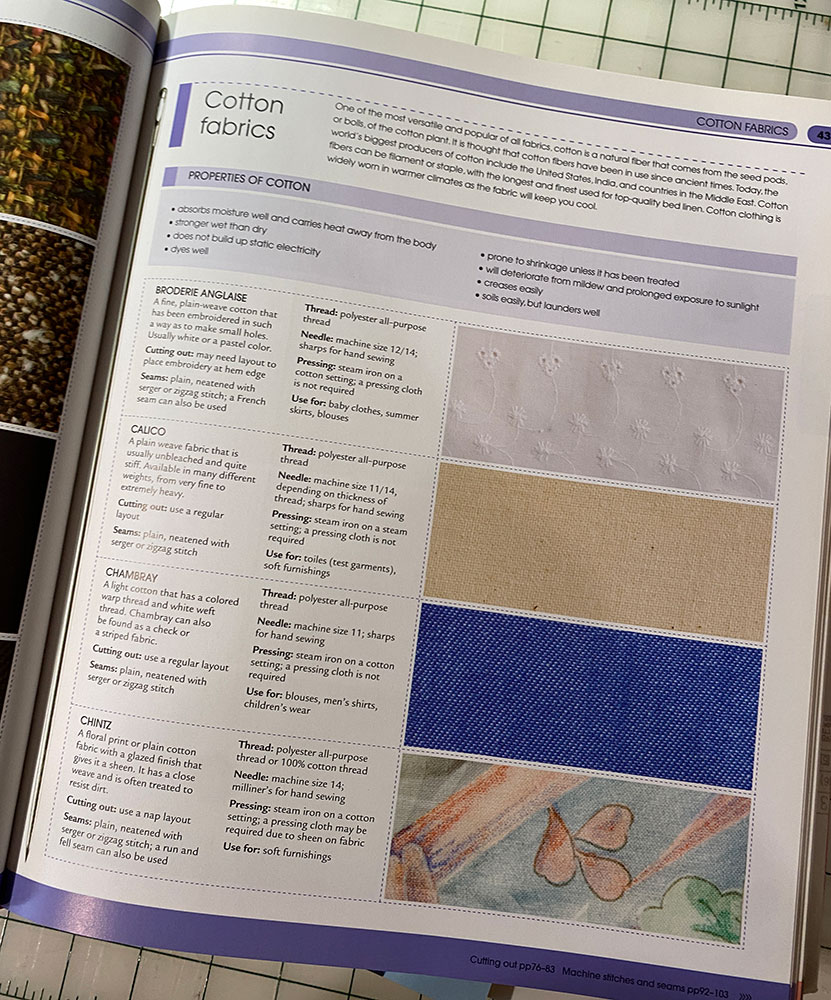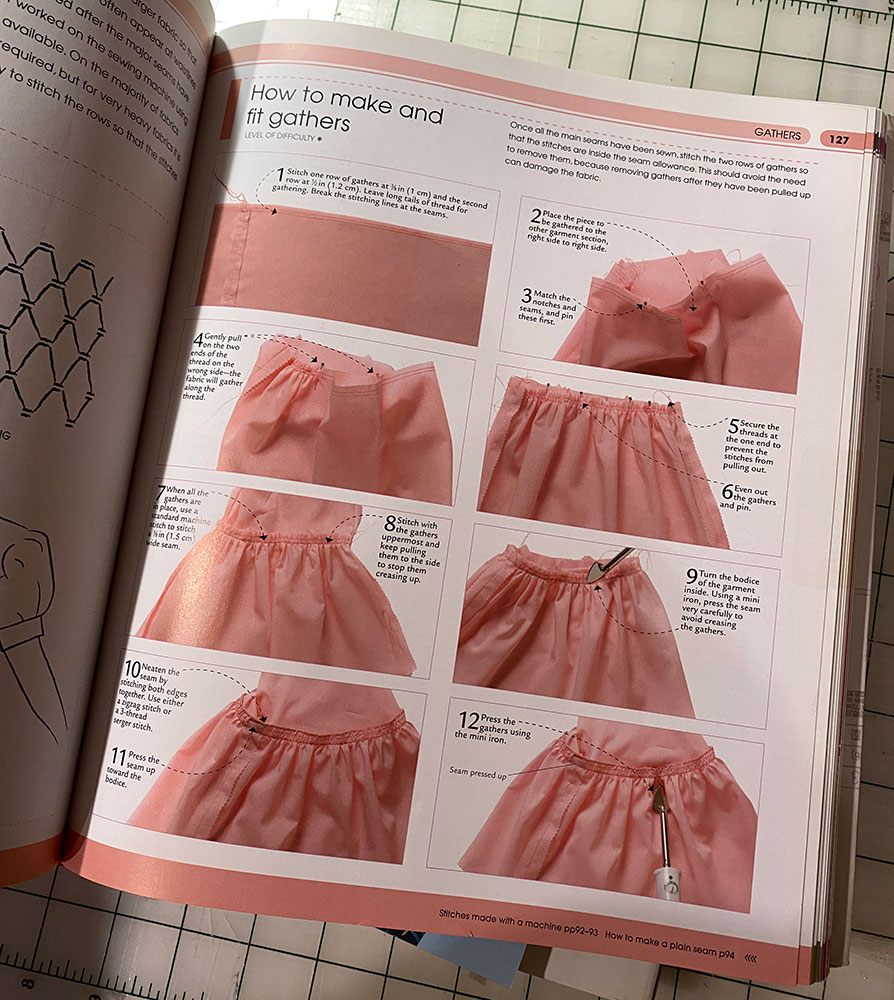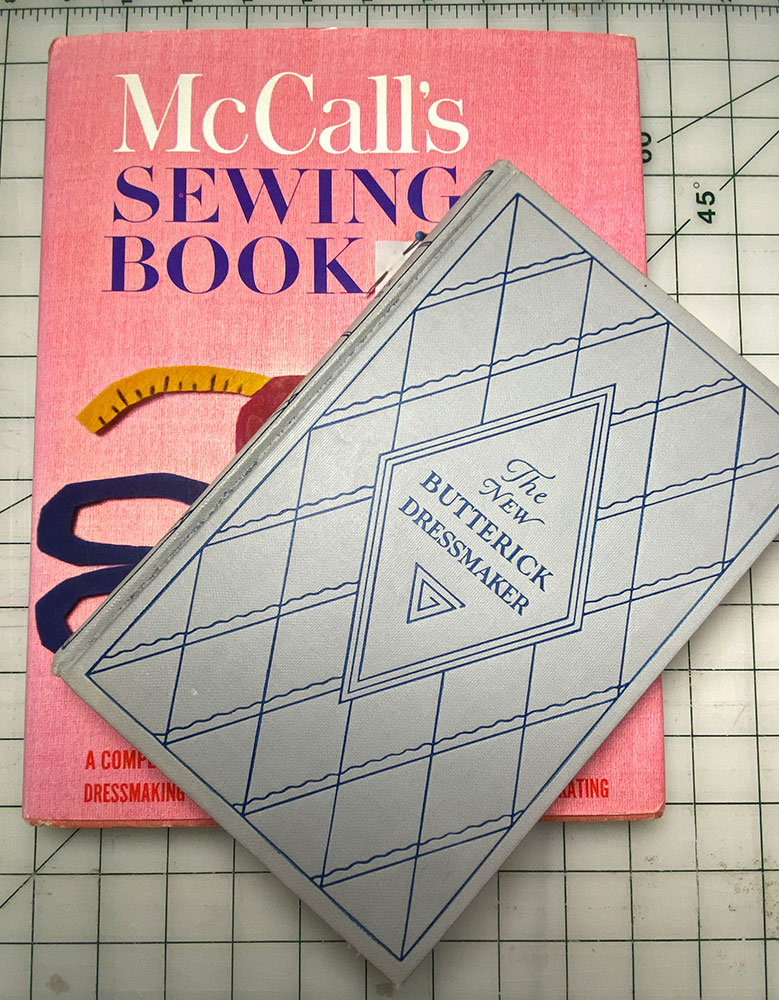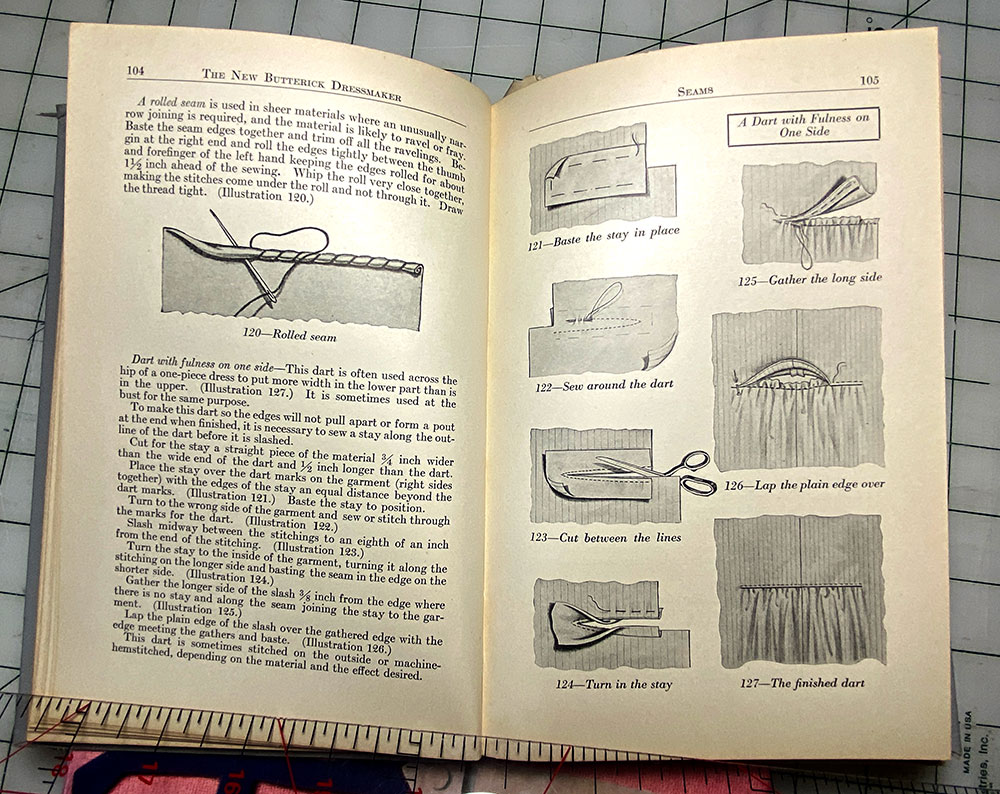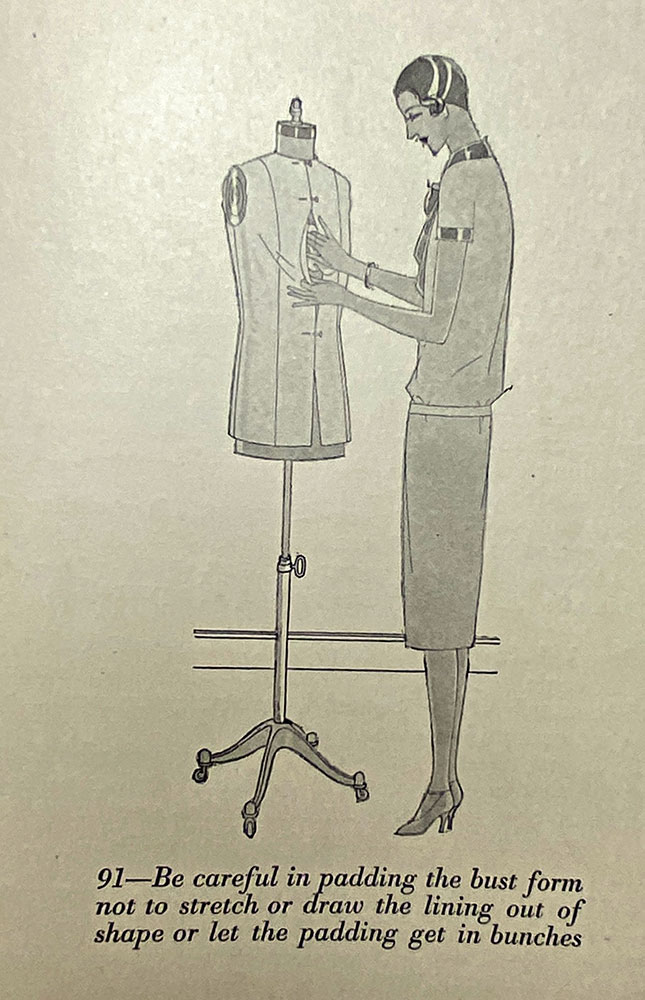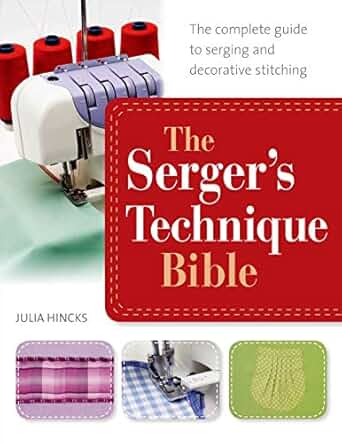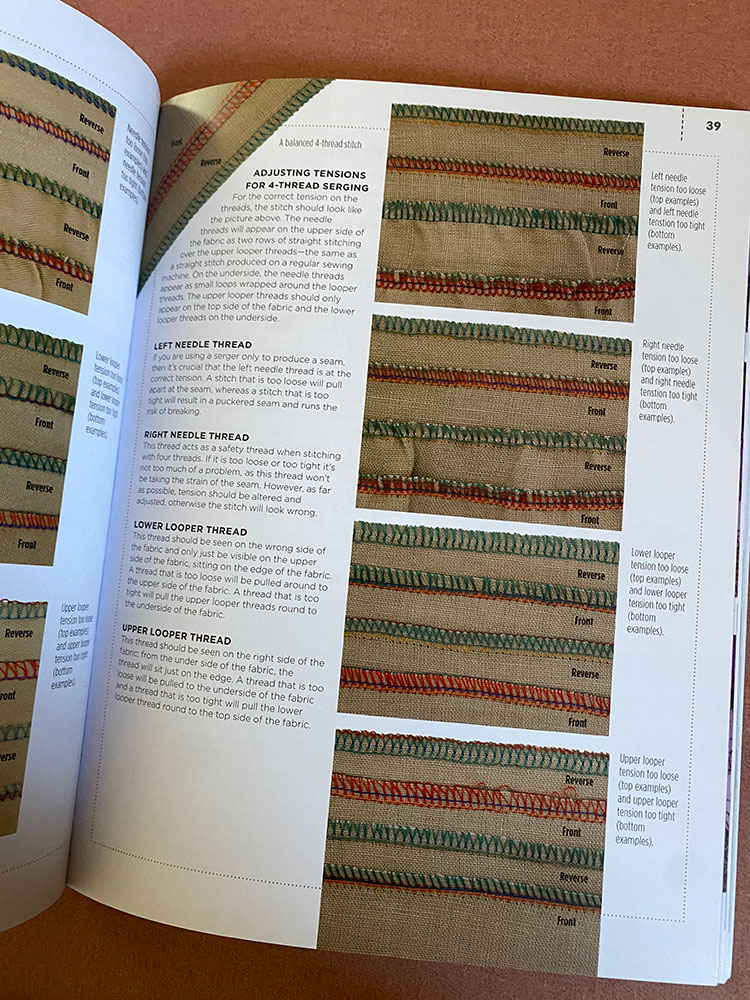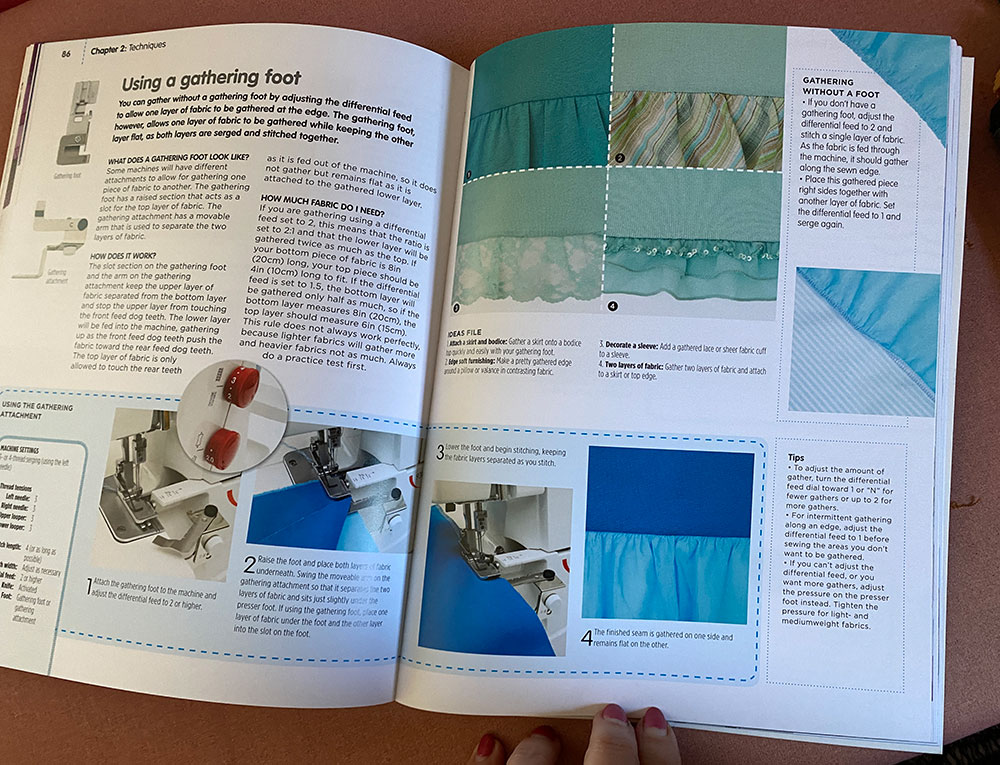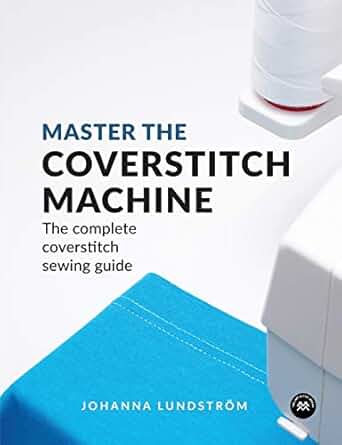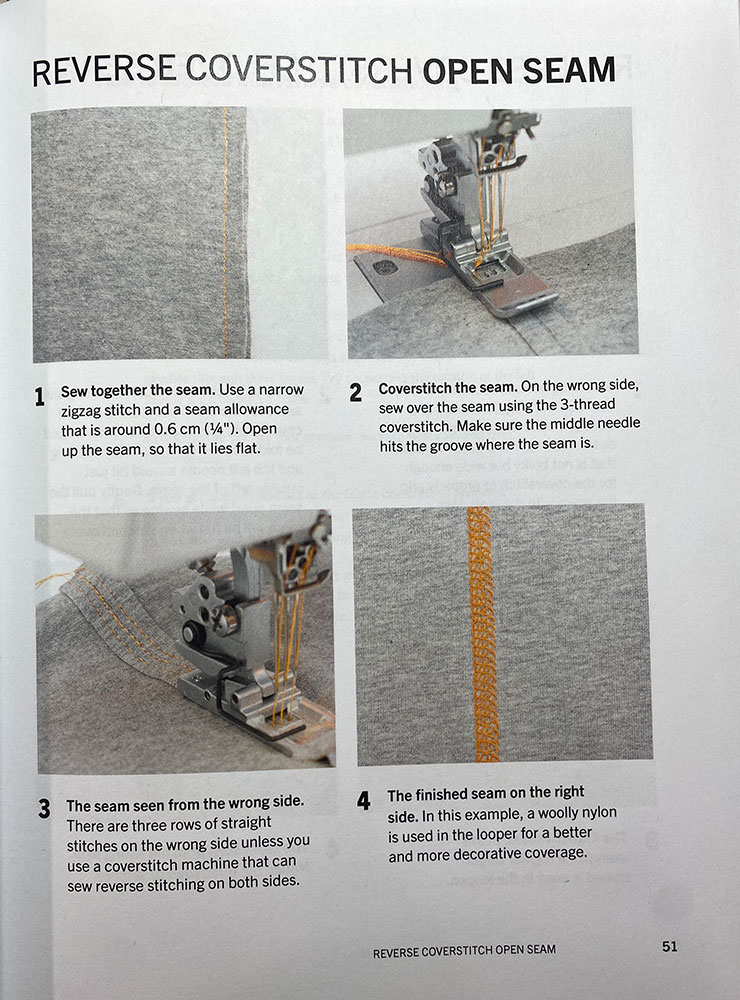
Hi there! I’m Susan, owner and Creative Director of Cochenille Design Studio.
I have been sewing my entire life, starting at the age of six. I’ve taught clothing construction at the college level, and have been developing a large library of skills, some through observation, some through practiced techniques, and some through experimentation. This is the viewpoint I have used in the writing of this blog which focuses on my Favorite Five sewing books.
Whether you are creating your own unique patterns using Garment Designer, our pattern making software, or are editing/drafting patterns by hand, one question always arises: How do I sew this together? What techniques do I need to know?
The more you sew, the easier the answer to the above becomes, as you build muscle memory. Yet over my long career of sewing, I have realized that I am not going to remember the minute details of everything sewing technique I have used while creating clothing. And at the same time, as a creative sewer, I like to challenge myself to learn new skills, and this is also when good reference books become important.
Developing Your Sewing Skill Set
I think the best approach to developing an innate ability to successful sewing, is to develop and curate a collection of skills for various techniques required by different parts of the garment. Some examples of this would be as follows:
- Collars Techniques
- Neckline Treatments – Facings, vs. Lining
- Sleeve Insertion – Set-In traditional vs. industry fast
- Pockets – Prepping a pocket, inset seam pockets
- Hems -standard vs. creative
- Zipper – Insertion Techniques
Although learning and remembering a variety of sewing techniques might seem overwhelming, here is the good news… You don’t need to know or remember everything. Rather, learn to develop the skill of knowing where to go for the knowledge.
Suggested Approach
The first thing I would suggest when getting ready to sew a new pattern is to step back and evaluate the pattern/garment. Consider the following:
- What sewing techniques might you use?
- Is there some new technique you want to explore (that you haven’t used before)
- Consider if have any new notions you might want to include?
- Examine the clothing in your closet to see if you find a technique on ready-to-wear that you find appealing.
The next step is to consult your resources. With the wealth of knowledge one can find on the Internet, whether it be a YouTube video or blog, there is no shortage of information out there for learning how to sew or build garments. Yet, there is something absolutely wonderful about picking up a well-loved book and flipping to the chapter that explains a sewing technique or inspires you to try something new. Let’s look at my top five resources.
Disclosure Note: We have linked our favorite books to Amazon below as we are an Amazon Affiliate. Cochenille Design Studio is supported by its audience. When you purchase through links from our site, we may earn an affiliate commission.
Reader’s Digest Complete Guide to Sewing
| Available as hardcover, softcover, or Kindle 4.7 rating on Amazon 384 pages | The strength of this book is the step-by-step illustrations. The drawings are very clear and easy to follow. |
I have used this book for years, not only for myself but also as a textbook in the Introductory Sewing courses I taught at Mesa College in San Diego. The book is divided by theme and there are excellent drawn illustrations. It begins with Equipment/Fabrics and Cutting and then moves on to Stitches and Seams. Chapters Four through Eight cover techniques for Necklines/Collars, Waist/Belts, Sleeves, Pockets, and Hems. Then the last three chapters discuss Fastenings (which includes zippers and buttons), Tailoring and Quilting. There are sample projects included in the various chapters.
The Sewing Book by Alison Smith
| Available as hardcover or Kindle 4.8 Rating on Amazon 400 pages long | The two things I like best in this book are: 1. the fabric discussions (which includes a definition, and suggestions for cutting, seams, thread, needle, pressing and use) as well as a photograph of the fabric. 2. The step-by-step instructions for techniques with photographs. |
This is another book I used in my Construction classes at Mesa College. The book is similar to the Reader’s Digest book but instead of illustrations it includes photographs of the step-by-step instructions. The book touts over 300 step-by-step techniques. Again, there is a discussion of Tools (equipment, fabrics, and patterns), and then it moves on to more than 200 pages of Techniques. The last section of the book is devoted to projects which includes book covers, aprons, needle case, home goods, and more.
Collection of Vintage Sewing Books
I have a nice collection of vintage sewing books. So here, rather than one book, I’m lumping them together.
What I like about vintage books is you sometimes see a technique which has been forgotten over time. I also love the illustrations, particularly when they are drawn in the current fashion of the period in which the book was written.
I have some of the sewing books published by pattern companies, and these often have great illustrations as you see below.
The Serger’s Technique Bible. By Julia Hincks
| Available as softcover, paperback 4.7 Rating on Amazon 128 pages long | My favorite thing about this serger book is that it explains information clearly and has excellent photographs which are easy to read. |
In the first section of the book, the author covers Serger Basics which includes thread tensions, trouble-shooting, etc. There are excellent photos which show you how to tell when tensions are off and how to fix the problem. The next section of the book is Serger Techniques. Here Hincks shares techniques such as gathering with a serger (which I personally use a lot and adore this function of a serger) and narrow hems, etc. She then moves on to discussing the various serger feet and accessories that are available and how to use them.
Master the Coverstitch Machine: The complete coverstitch sewing guide.
By Johanna Lundstrom
| Available as softcover or Kindle 4.7 Rating on Amazon 158 pages long | What I like best? The instructions are clearly laid out with excellent photographs to support them. The book covers a lot of topics related to coverstitch. |
This is a specialty book, on a relatively newish topic, but it really helped me over the hump with my new Coverstitch machine. There are excellent photos throughout.
The book covers coverstitch hems, bindings and necklines, and decorative seams, but it also includes a trouble-shooting section, maintenance, as well as use of different accessory attachments. Lundstrom has a great way of explaining techniques, and the abundance of photos that are clearly shot is very helpful.
Lundstrom has added other books to her series which are equally well-presented:
Sewing Activewear
Sewing Jeans
Fit for Knit
So there you have it! My favorite sewing books. I don’t think you can go wrong with either the Reader’s Digest or Alison Smith book. I believe they should be in every sewist’s library. The others are specific to a machine, or to a genre of fun books (vintage).
Feel free to email me with questions should you have them.
~~ Susan, Cochenille Design Studio
